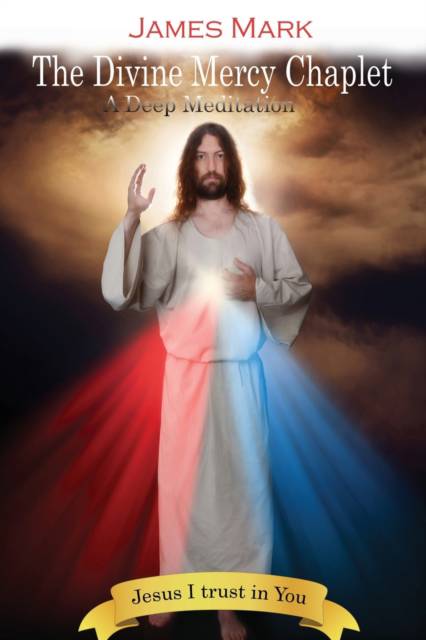
- Afhalen na 1 uur in een winkel met voorraad
- Gratis thuislevering in België vanaf € 30
- Ruim aanbod met 7 miljoen producten
- Afhalen na 1 uur in een winkel met voorraad
- Gratis thuislevering in België vanaf € 30
- Ruim aanbod met 7 miljoen producten
Omschrijving
From the late 1920's to 1938 a young Polish nun had visions of Jesus. Jesus asked her to write down the conversations they had over this period of years until she died of tuberculosis in 1938. A Polish priest, Fr. Sopocko, her friend, Confessor, and Spiritual Director, was her strong supporter and worked hard to get her notes composed into the book, "THE DIARY of ST. FAUSTINA. KOWALSKA." In that diary Jesus tells her that the greatest attribute of God is His Mercy. He taught her the Divine Mercy Chaplet prayer. After editing her notes Fr. Sopocko introduced Faustina's Dairy to a Polish Cardinal named Karol Wojktila (known today as Pope John Paul II). Years later as pope, he canonized Faustina a saint and he named the Sunday after Easter "Divine Mercy Sunday. Jesus told her to commission a painting of Him as Divine Mercy just like He appeared to her in their numerous encounters. This painting is found in great a many churches throughout the world today.
This book is an adaptation of the Divine Mercy Prayer. When I read the Diary, Jesus tells St. Faustina that it is very important to Him and to us that we meditate on His Sorrowful Passion. When I saw that comment of His, I began to try to figure out how to incorporate His Passion into the original prayer. With the guidance of the Holy Spirit and the help of friends, We devised what came to be a suitable format for this prayer...
It begins with Jesus entering into the Garden of Gethsemane just after The Last Supper and follows Jesus as He encounters Satan, His arrest and trial, Pilate reluctantly condemning Him to death, the scourging, and finally the carrying of the cross to Calvary and His Crucifixion and death. This all with the hope of the Resurrection on the Third Day. It does describe Jesus' suffering rather graphically, backed by the Old and New Testament scriptures and science.
Specificaties
Betrokkenen
- Auteur(s):
- Uitgeverij:
Inhoud
- Aantal bladzijden:
- 48
- Taal:
- Engels
Eigenschappen
- Productcode (EAN):
- 9781955955980
- Verschijningsdatum:
- 24/09/2021
- Uitvoering:
- Paperback
- Formaat:
- Trade paperback (VS)
- Afmetingen:
- 152 mm x 229 mm
- Gewicht:
- 81 g

Alleen bij Standaard Boekhandel
Beoordelingen
We publiceren alleen reviews die voldoen aan de voorwaarden voor reviews. Bekijk onze voorwaarden voor reviews.











